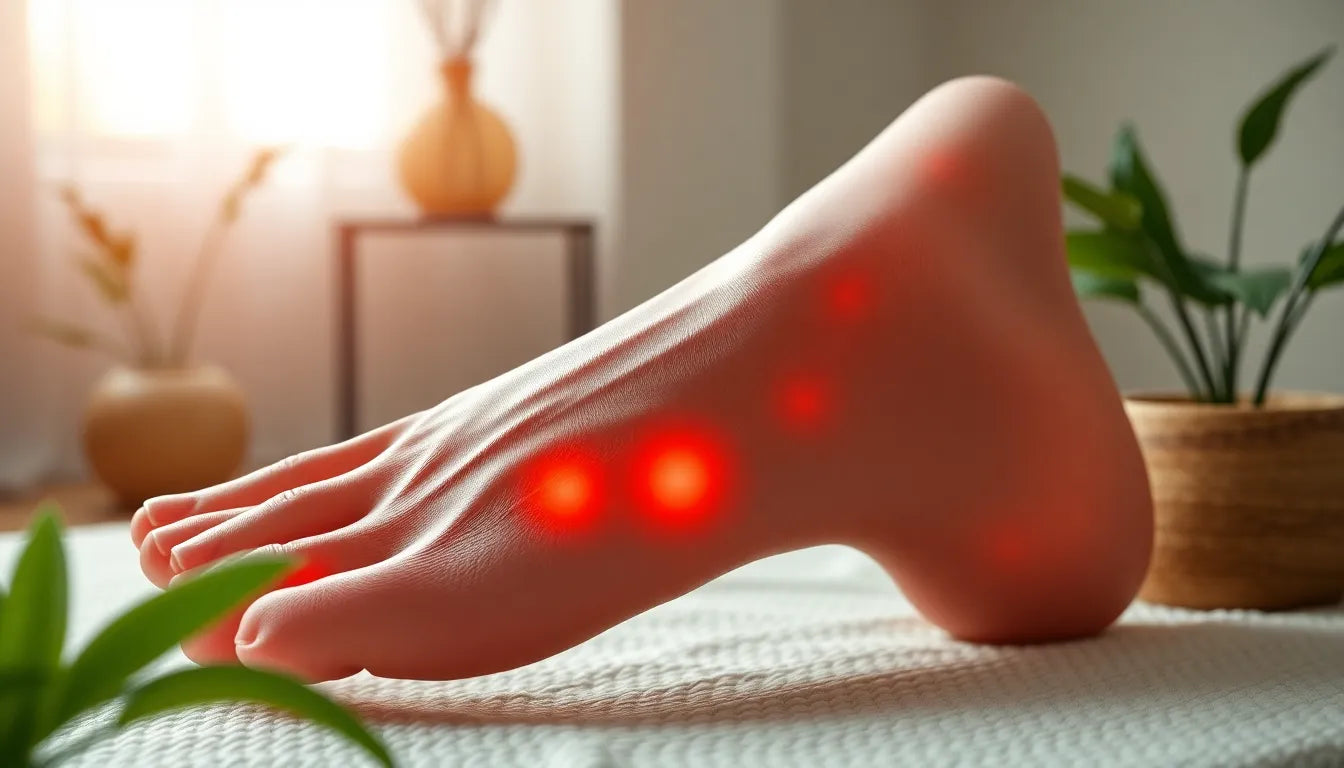Understanding the intricate relationship between sciatica and sleep is essential for those seeking relief from this often debilitating condition. Sciatica refers to the pain that radiates along the path of the sciatic nerve, which extends from the lower back through the hips and down each leg. This pain can range from a mild ache to a sharp, burning sensation, significantly impacting daily activities and, crucially, the quality of sleep.
Sleep is a vital component of healing and recovery, allowing the body to repair and rejuvenate. However, for individuals suffering from sciatica, achieving restful sleep can be a formidable challenge. The discomfort associated with sciatica often disrupts sleep, leading to a vicious cycle of pain and fatigue. This post aims to explore the best sleeping positions to alleviate sciatica pain, offering practical solutions to improve sleep quality and overall well-being.
common challenges for sciatica sufferers
One of the most common issues faced by those with sciatica is the difficulty in finding a comfortable sleeping position. Many individuals find that certain positions exacerbate their pain, leading to restless nights and a lack of restorative sleep. Waking up with increased pain is another frequent complaint, as improper positioning during sleep can place additional stress on the sciatic nerve.
The goal for anyone dealing with sciatica is to achieve a pain-free, restful night’s sleep. Effective positioning can play a crucial role in this process. By understanding and adopting the right sleeping positions, individuals can reduce pressure on the sciatic nerve, improve spinal alignment, and ultimately enhance their sleep quality. In the following sections, we will delve into specific positions and strategies that can help alleviate sciatica pain during sleep, paving the way for more comfortable and rejuvenating nights.
best sleeping positions for sciatica relief
Finding the right sleeping position is crucial for those dealing with sciatica, as it can significantly reduce pain and improve sleep quality. Let's explore some of the best positions that can help alleviate sciatica discomfort.
sleeping on the side with a pillow between the knees
One of the most recommended positions for sciatica relief is sleeping on your side with a pillow placed between your knees. This position helps maintain the natural alignment of the spine and pelvis, reducing pressure on the sciatic nerve. To achieve this position:
- Lie on your side, ideally the pain-free side.
- Bend your knees slightly and place a firm pillow between them.
- Ensure the pillow is thick enough to keep your hips, pelvis, and spine in a straight line.
This alignment not only eases pressure on the lower back but also prevents the top leg from pulling your spine out of alignment, which can exacerbate sciatica pain.
embracing the fetal position
The fetal position is another effective way to relieve sciatica pain during sleep. By curling up with your knees drawn towards your chest, you can open up the space between the vertebrae, reducing tension on the sciatic nerve. To optimize this position:
- Lie on your side and gently pull your knees towards your chest.
- Consider placing a pillow under your head to keep your neck aligned with your spine.
- Adjust the tightness of the curl to find the most comfortable position for you.
This position can be particularly beneficial for those who find that extending their legs increases discomfort.
sleeping on the back with a pillow under the knees
For those who prefer sleeping on their back, placing a pillow under the knees can provide significant relief. This position helps to maintain the natural curve of the spine and reduces strain on the lower back. Here's how to do it:
- Lie flat on your back with your head supported by a comfortable pillow.
- Place a pillow under your knees, ensuring it's thick enough to elevate them slightly.
- Consider adding a small, rolled towel under the small of your back for additional support.
This position helps distribute your weight more evenly and minimizes the pressure on the sciatic nerve.
positions to avoid for sciatica sufferers
why you should avoid sleeping on the stomach
Sleeping on your stomach is generally discouraged for those with sciatica, as it can cause the spine to arch unnaturally, leading to increased pressure on the sciatic nerve. This position can also strain the neck and lead to additional discomfort. For stomach sleepers, transitioning to a side or back sleeping position can be beneficial. Consider using a body pillow to help make the transition smoother and provide the necessary support.
additional tips for improved sleep quality
maintaining proper spinal alignment
Proper spinal alignment is key to reducing sciatica pain and enhancing sleep quality. Using a body pillow or a specially designed sciatica pillow can offer extra support and help maintain alignment throughout the night. These tools can prevent the spine from twisting and reduce the likelihood of waking up with increased pain.
developing a nightly routine
In addition to finding the right sleeping position, developing a calming bedtime routine can further improve sleep quality. Consider incorporating activities such as a warm bath, gentle massage, or light stretching before bed. These practices can help relax the muscles and ease tension, making it easier to fall asleep and stay asleep.
By adopting these strategies and positions, those suffering from sciatica can find relief and enjoy more restful nights, ultimately contributing to better overall health and well-being.
additional strategies for sciatica relief
Beyond finding the right sleeping position, incorporating additional strategies can further alleviate sciatica pain and enhance sleep quality. These methods focus on relaxing the muscles and reducing nerve tension, which can be particularly beneficial before bedtime.
heat therapy
Applying heat to the affected area can be an effective way to relax tight muscles and reduce nerve tension, providing temporary relief from sciatica pain. Consider using a heating pad or taking a warm bath before bed to help soothe discomfort. The warmth increases blood flow, promoting relaxation and potentially making it easier to fall asleep.
gentle stretching
Incorporating gentle stretching into your nightly routine can target the lower back and hips, areas often affected by sciatica. Simple stretches, such as the knee-to-chest stretch or piriformis stretch, can help alleviate tension. However, it's essential to avoid overstretching, as this can exacerbate pain. Focus on slow, controlled movements and stop if you experience any discomfort.
frequently asked questions
What is the best sleeping position for sciatica pain?
The best sleeping positions for sciatica pain include sleeping on the side with a pillow between the knees, the fetal position, and sleeping on the back with a pillow under the knees. These positions help maintain proper spinal alignment and reduce pressure on the sciatic nerve.
Can sleeping on the stomach worsen sciatica?
Yes, sleeping on the stomach can misalign the spine and increase pressure on the sciatic nerve, potentially worsening sciatica pain. It's advisable to transition to a side or back sleeping position for better relief.
Are there specific pillows recommended for sciatica sufferers?
Yes, using sciatica pillows or body pillows can help maintain proper alignment and provide additional support. These pillows are designed to keep the spine in a neutral position, reducing strain on the sciatic nerve.
What other tips can help improve sleep quality for those with sciatica?
Developing a nightly routine, incorporating heat therapy, and performing gentle stretching can all contribute to better sleep quality. These practices help relax the muscles and reduce tension, making it easier to achieve restful sleep.
Is it necessary to consult a doctor for sciatica-related sleep issues?
If pain persists or worsens despite trying these strategies, it is advisable to consult a healthcare professional. They can provide personalized advice and treatment options tailored to your specific needs.
By integrating these additional strategies and being mindful of sleeping positions, individuals with sciatica can find relief and improve their overall sleep quality, contributing to better health and well-being.


















